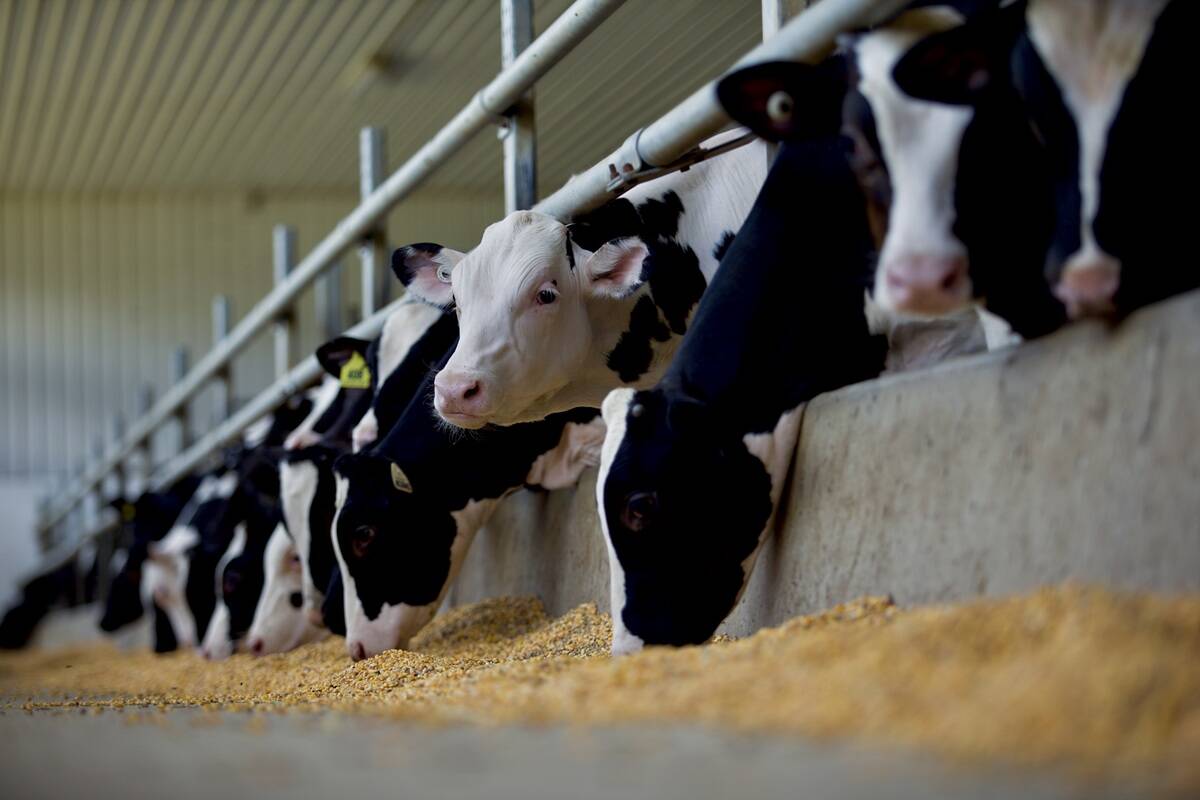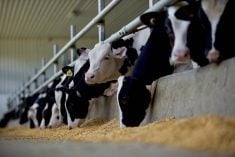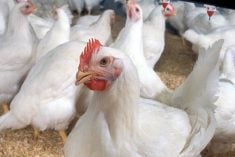WASHINGTON, Aug 12 (Reuters) – The U.S. Department of Agriculture’s (USDA) massive hikes to its corn and soybean harvest views on Friday will test the grain markets adage that “big crops get bigger,” with market watchers split on whether final yields will match the lofty outlook.
The USDA boosted its already robust yield forecasts for both crops above market expectations on Friday.
It said national corn yields would average a record 175.1 bushels per acre, up 4.2 percent from its July outlook. It raised its soybean yield view by 4.7 percent to 48.9 bushels per acre, which also would be a record.
Read Also

Confusion cleared on Canadian calf import changes
A Canadian Food Inspection Agency (CFIA) announcement on import regulations for feeder calves caused some confusion on the administrative side of Canada’s cattle industry earlier this month
It was the biggest August increase the government has made to soybean yields in at least 20 years and the second biggest for corn.
In the past 20 years, big August increases in the corn and soybean yield outlook have been dialed back below the August view by the time the crops are in the bins 60 percent of the time.
But near perfect weather during planting and throughout the growing season was the key to this year’s harvest topping the latest forecast, said Brian Hoops, analyst at Midwest Marketing Solutions.
“We do expect increases in production and yield estimates in future reports, especially with the rainfall we’re getting,” Hoops said. “That should lead to expectations for good corn ear fill and soybean pod fill.”
Others said that the government’s outlook overshot what farmers will find when they run their combines through the field this fall.
“I think you’ve seen the high water mark on yields in both cases,” said Jim Gerlach, president of A/C Trading “It’s good, but it’s not that much better than last year.”
The futures market also was conflicted about the yield outlook, with the front-month Chicago Board of Trade corn contract quickly sinking to their lowest in nearly seven years after the report was released before recovering and closing in positive territory.
Soybean futures retreated to a one-week low but recovered most of their losses by the time the market closed.
In the five years with the biggest absolute August yield forecasts, final soybean yields have come in even bigger than the government’s outlook four times. For corn, in the years with the five biggest August forecasts, the final yield has come in higher twice and lower three times














